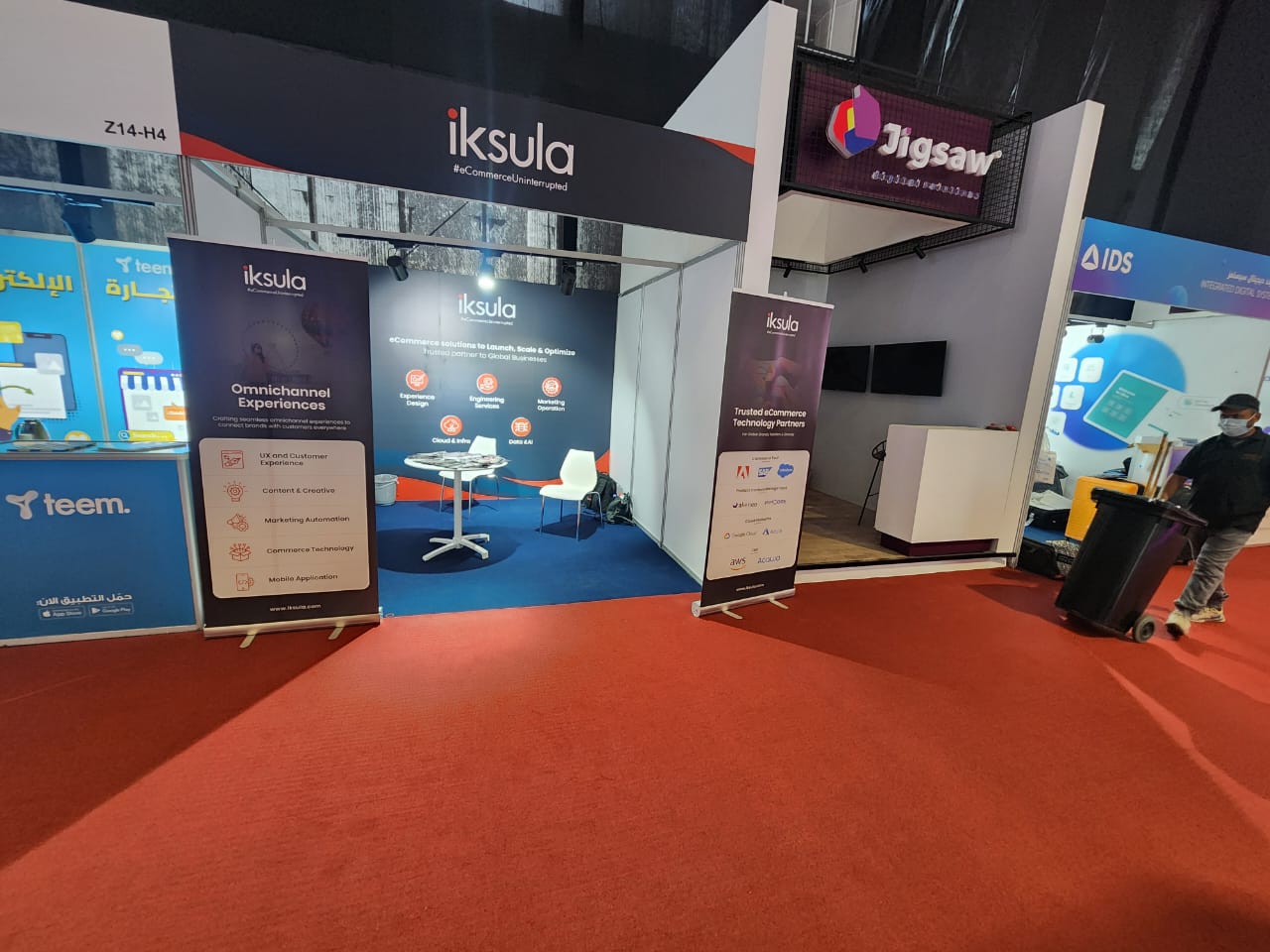In today’s technology-driven world, application performance and observability have become crucial for businesses to ensure seamless user experiences and efficient operations. APM (Application Performance Monitoring) and observability tools are vital in monitoring and managing the performance and availability of applications and infrastructure. Among the leading APM tools in the market, Datadog, Dynatrace, and New Relic have emerged as popular choices for organizations seeking comprehensive monitoring and observability solutions. This blog will compare these three prominent APM and observability tools – Datadog, Dynatrace, and New Relic. We will explore their origins, installation processes, user interfaces, incident management capabilities, and pricing models. By understanding each tool’s unique features and strengths, businesses can make informed decisions about the most suitable option for their specific requirements.
Let’s compare these three powerful tools and explore the key aspects that make them stand out in the APM and observability landscape. Whether evaluating these tools for the first time or considering a switch from your current solution, this comparison will provide valuable insights to help you make an informed decision.
Datadog, Dynatrace, and New Relic are the most widely used APM and observability tools. Here is a comparison of the three –
Overview
New Relic: New Relic started in 2008 as a simple APM tool. It was the first to offer a SaaS-based APM. Since then, it has evolved into an end-to-end observability suite with many tools.
Datadog: Datadog started in 2010 as a SaaS-based cloud infrastructure monitoring tool. The platform has since expanded to include infrastructure management, network monitoring capabilities, and APM, among other features.
Dynatrace: Dynatrace is an end-to-end observability platform offering tools mainly focused on monitoring modern infrastructures and mainly distributed applications, user experience, and business intelligence. Compared with other platforms, Dynatrace offers more advanced and better-integrated AI-powered features, emphasizing APM. The complete observability platform relies on the company’s proprietary AI engine, Davis AI.
Installation and Ease of Deployment
New Relic: In the case of New Relic, you can sign up for a free-forever, full-access account to test it, and you are not limited by a trial period. To deploy New Relic on your host, you must follow a guided installation for APM, including code snippets for the infrastructure agent. The installation script is fully automated. After a successful installation, you get access to the New Relic CLI, allowing you to check, configure, or troubleshoot your installation.
Datadog: The process of deployment is approximately the same as New Relic. You must download, install, and configure Datadog’s infrastructure monitoring agent.
Dynatrace: Dynatrace offers a simple installation process. You can download the agent with one command and run a shell script to install the agent on the host. Dynatrace refers to this as the “One Agent.” The most significant advantage of using Dynatrace is that it allows you to configure the agent from the web UI.
UI and Dashboards
New Relic: New Relic offers customized dashboards and the option to import data from elsewhere when creating them. Users have numerous ways to customize their dashboards, including changing the layout or tweaking a chart’s size.
Datadog: Datadog has a clean UI that makes accessing data from multiple points based on context easy. You can query and analyze the data using the Event Explorer or individual product pages. You can choose between out-of-the-box and custom dashboards depending on the type of information needed. Additionally, features like drag-and-drop widgets and dashboard templates make it easy to see all the information in one place. A helpful option is that users can share their dashboards with anyone in their organization or share their dashboards publicly.
Dynatrace: Dynatrace’s UI displays a large amount of data simultaneously, which might be hard to understand initially. It offers a dashboard built using user-selected modules or widgets. It provides much flexibility and customization but requires some setup and prior knowledge of the requirements.
Incident Management
New Relic: During the initial setup, on being asked, you can automatically monitor the parameters – latency, traffic, errors, and saturation. Based on this, you can generate automatic alerts. You can address the incident directly from the UI, assign it to users, and draft post-mortems.
Datadog: Datadog has a proper incident management suite. However, it does not support on-call scheduling and advanced escalations, for which you can configure third-party integrations. Declaring incidents is relatively easy and can be done manually or automatically by setting up monitors. You can customize alerts with many variables and rules by displaying parameters directly in the message text. You can create incidents, manage resolutions by assigning them to users and teams, draft post-mortems, and send emails and Slack notifications.
Dynatrace: Dynatrace offers minimal alerting and almost no incident management features by default. You can access issues from the user interface and set up monitoring based on events.
Pricing
New Relic: New Relic charges depend on data usage. It offers a generous free subscription tier with 100GB of ingested data and one free full-platform user. You must upgrade to their Pro or Enterprise tiers for additional data usage above 100 GB, additional users, and advanced features such as SAML SSO and multi-organization support. The pricing is simplified, where you pay $0.30/GB for anything above the 100GB limit. Each additional full-platform user is charged $99 per user per month (capped at five users) on the Standard plan, and the price goes up to $349 per user per month on the Pro plan.
Datadog: Datadog has a decentralized pricing model. Each product has its pricing logic. The core products such as APM, Continuous profiler, and Infrastructure are priced per host, regardless of the CPU or memory capacity. Bills of products like log management and RUM depend on ingested data and traces, and incident management bills are per user. You are allotted a fixed count of custom metrics per host; any usage above that is billed separately. Due to all the different pricing components, it can take time to track the pricing usage.
Dynatrace: Dynatrace offers a full-stack pricing plan and individual product plans. The Full-stack monitoring plan costs $0.08 per hour per 8GB host. However, tools like Application Security work as add-ons and aren’t included in the Full stack plan. Note that unlike Datadog, which has primarily host-specific pricing, Dynatrace pricing depends on the memory capacity of the host.
Conclusion
Datadog, Dynatrace, and New Relic are prominent players in the APM and observability space, each with its strengths and areas of focus. New Relic offers a comprehensive observability suite, while Datadog provides an extensive range of features across infrastructure monitoring, APM, and incident management. Dynatrace stands out with its advanced AI-powered capabilities and a strong emphasis on APM. When selecting an APM tool, organizations should consider their specific requirements, ease of deployment, user interface preferences, incident management needs, and pricing models to make an informed decision.









































